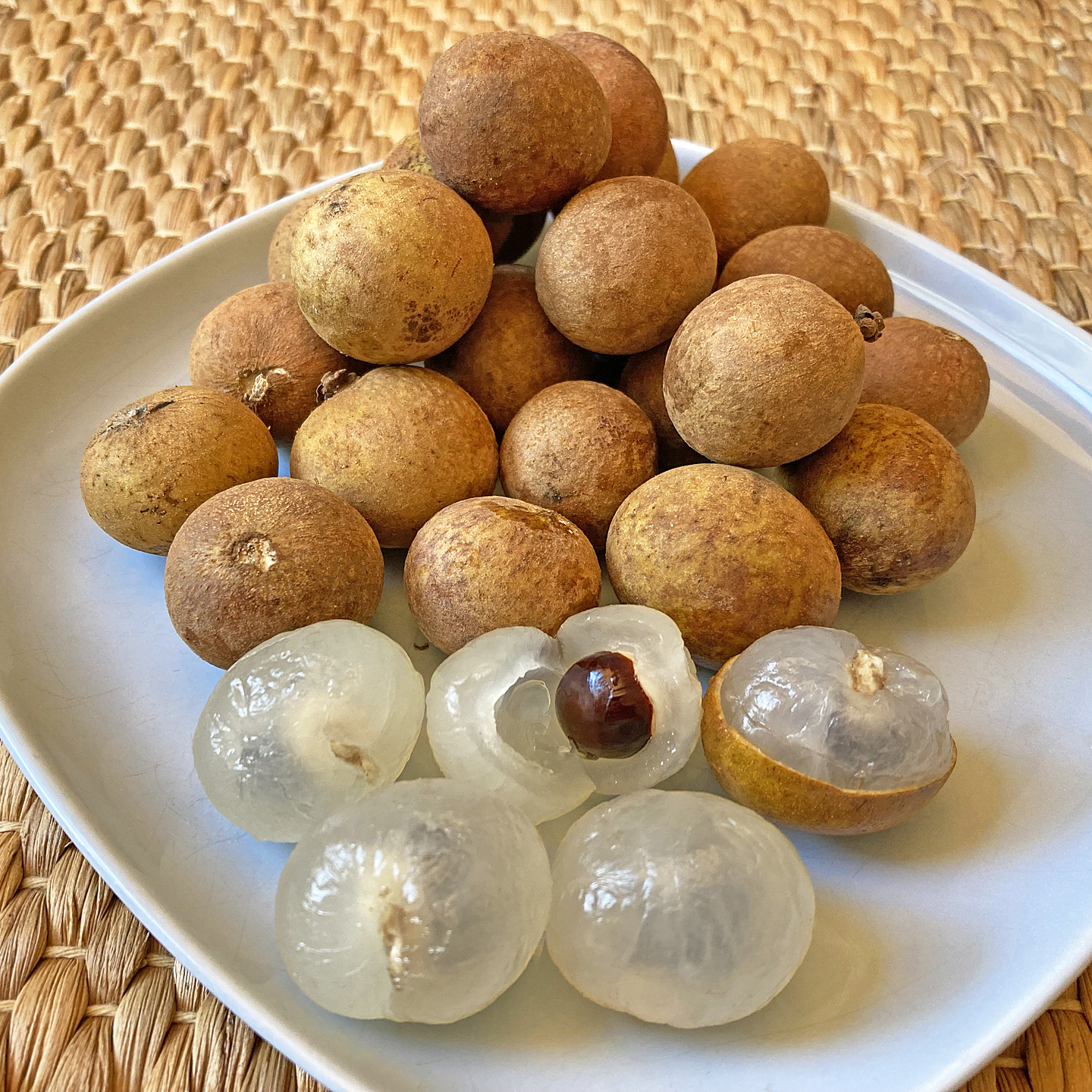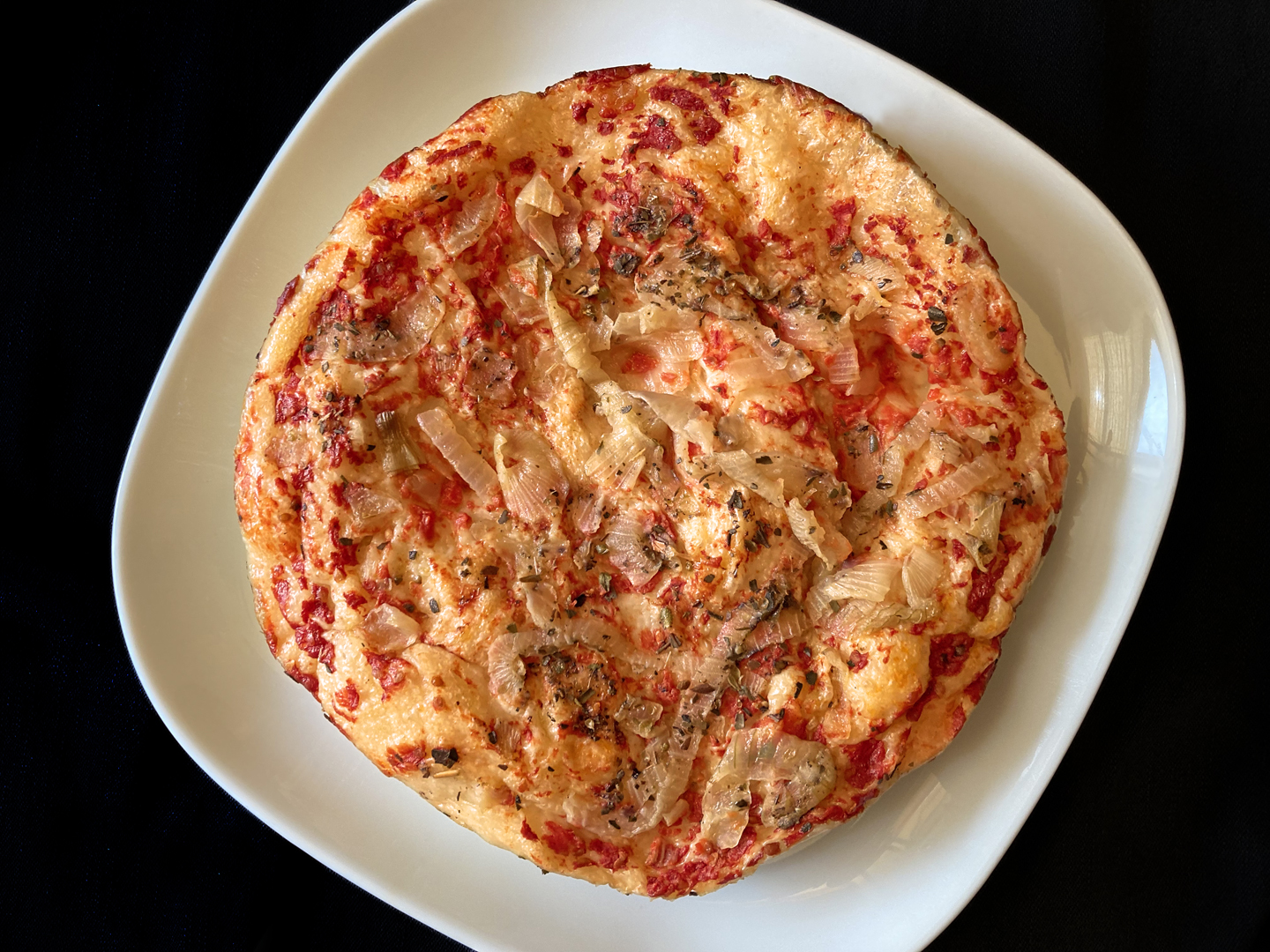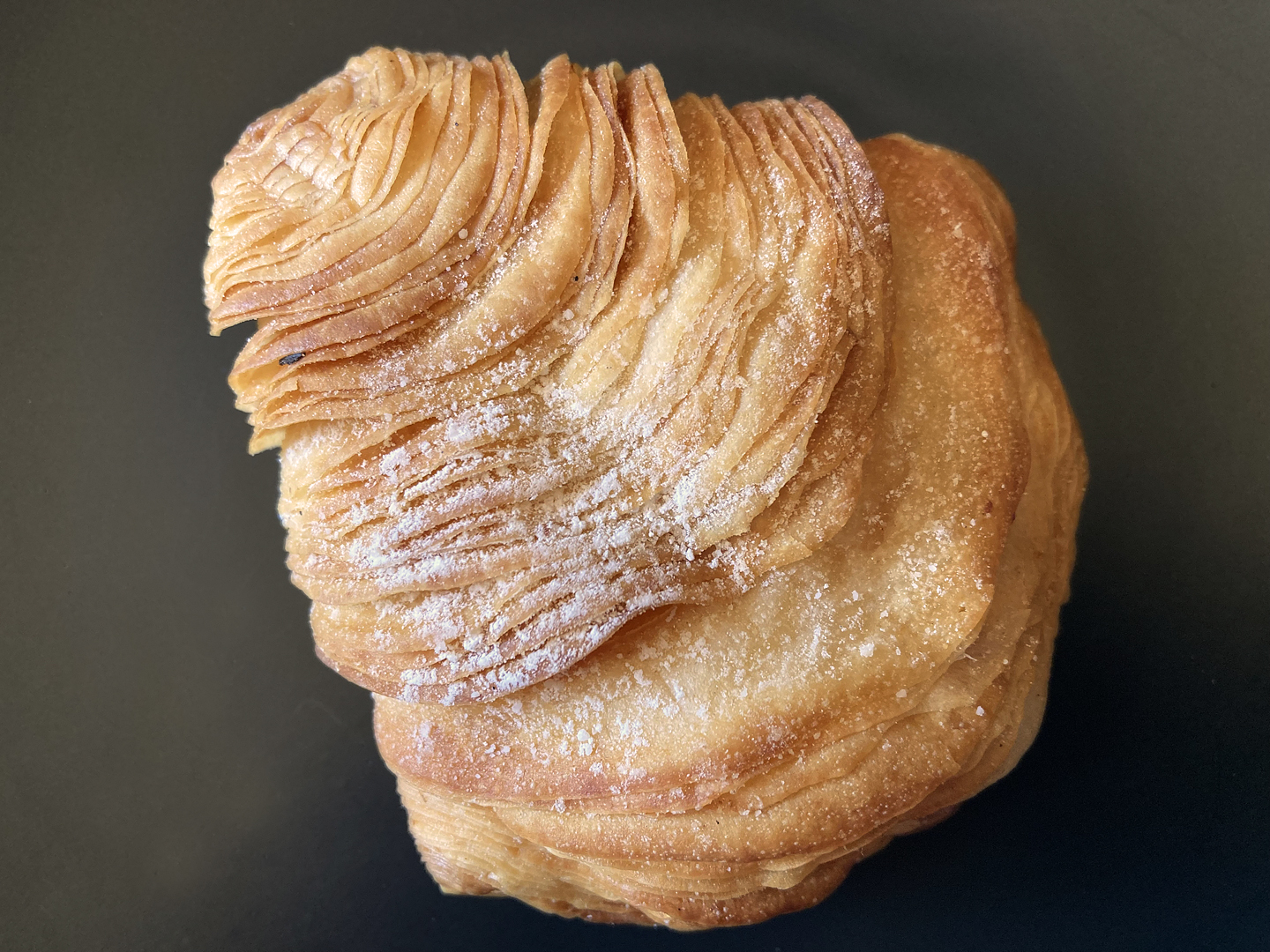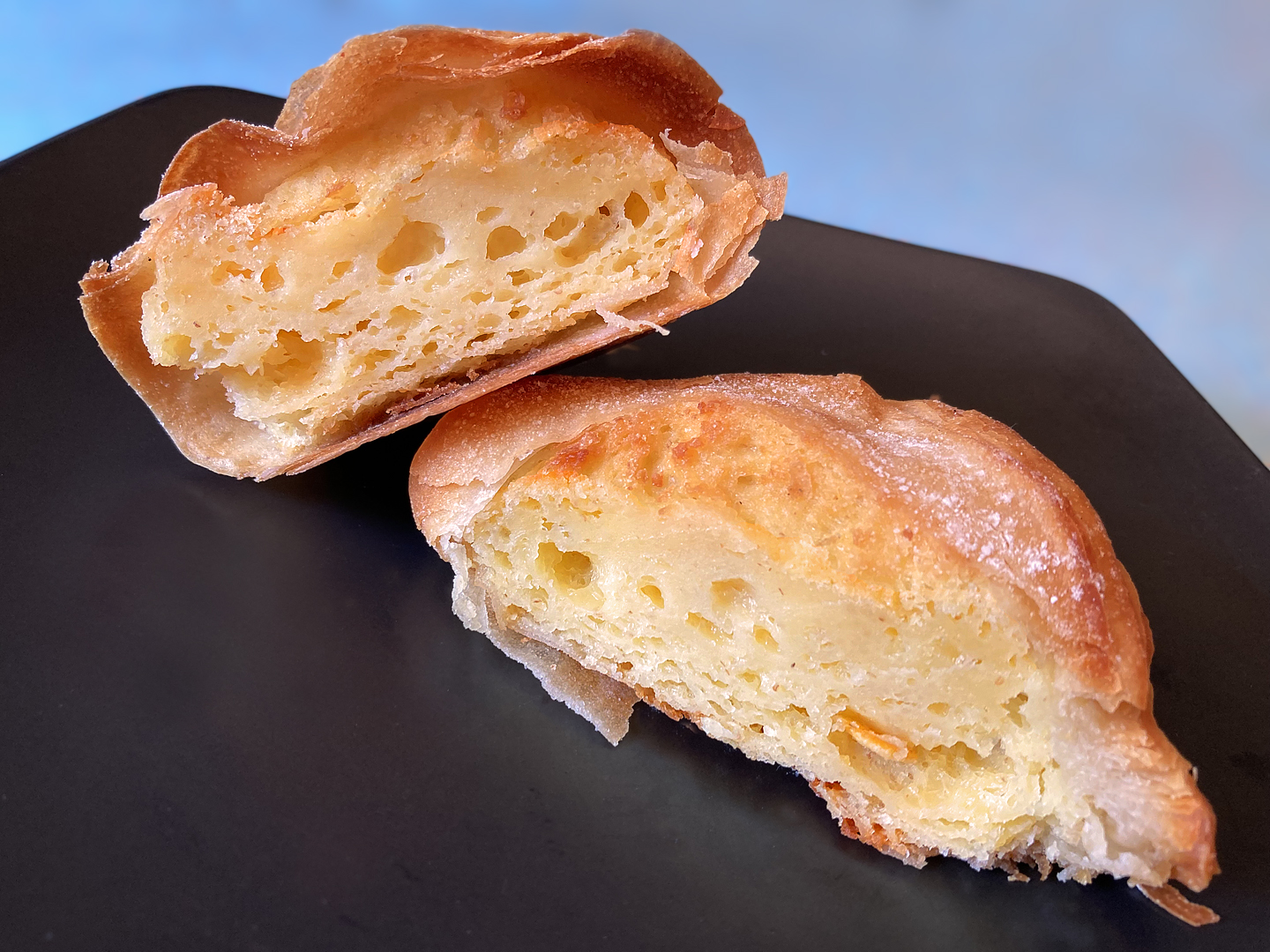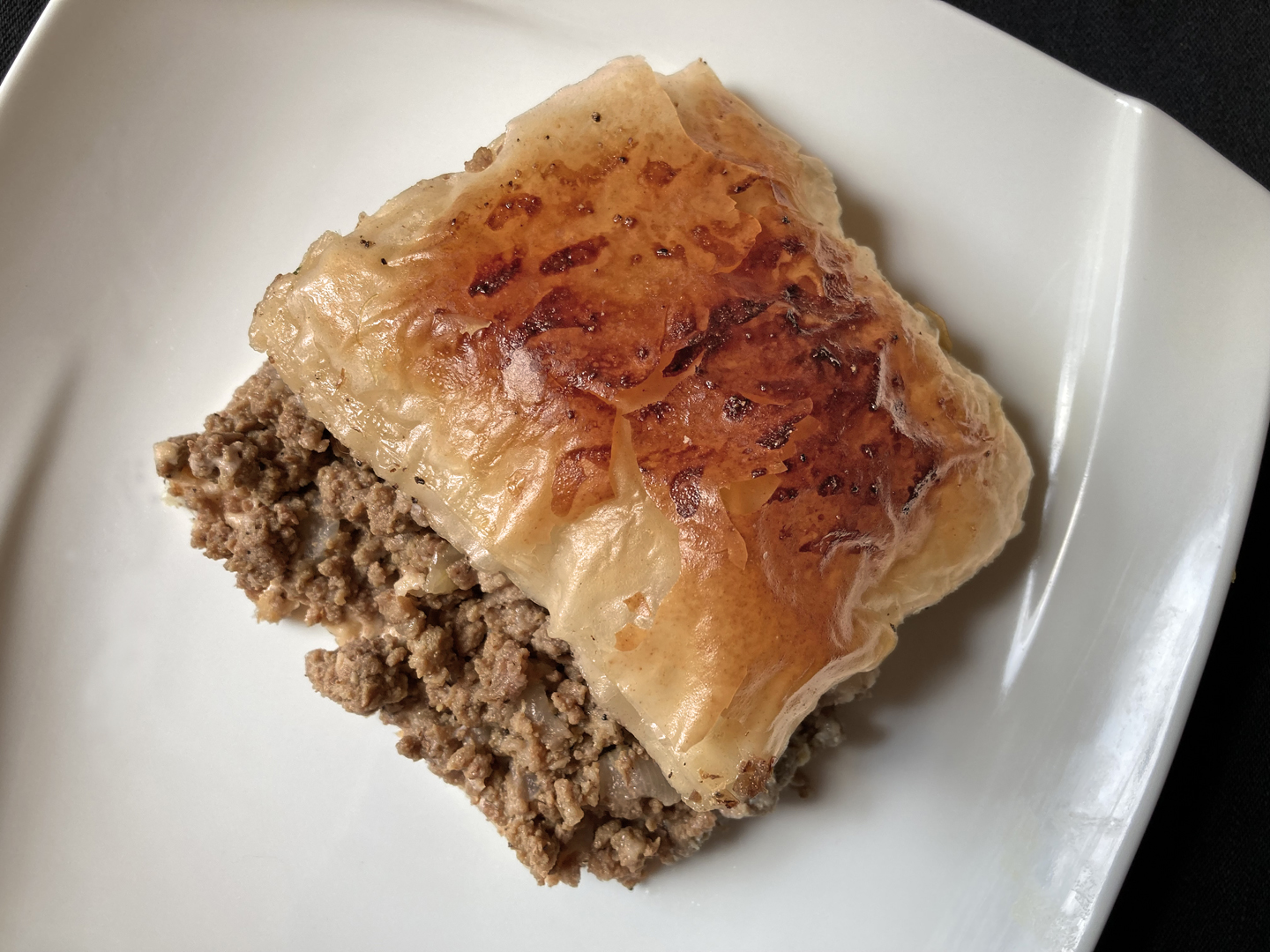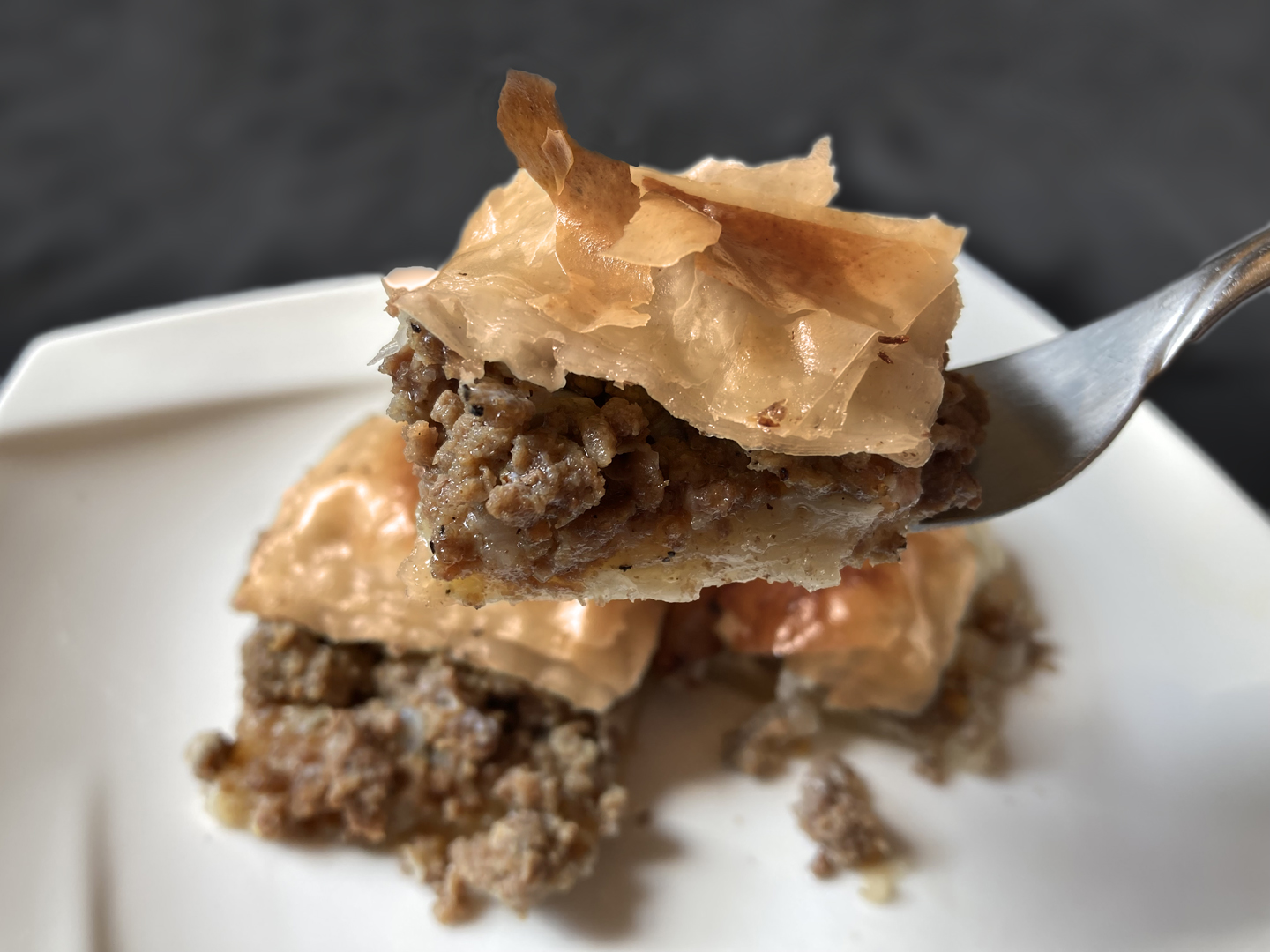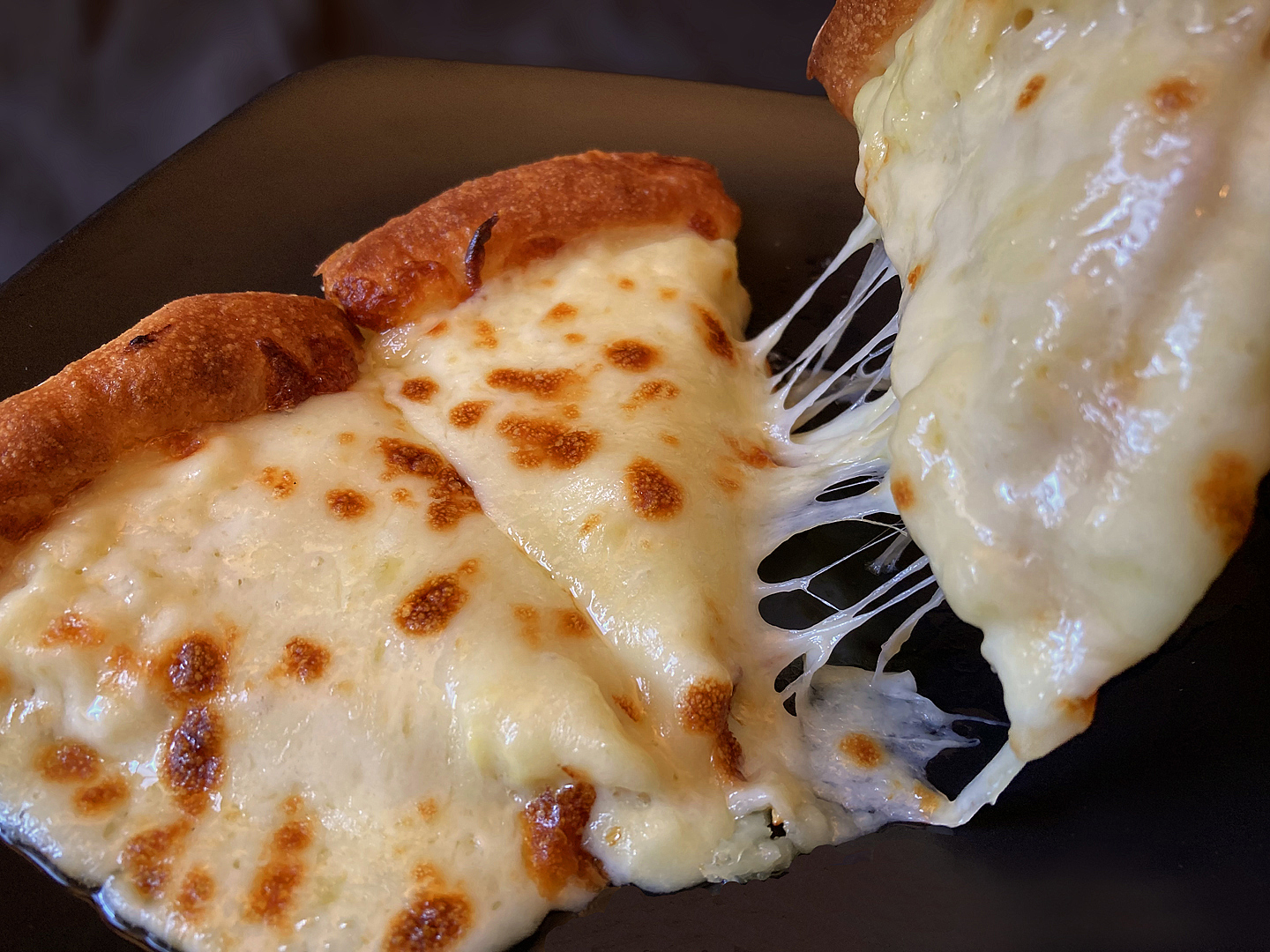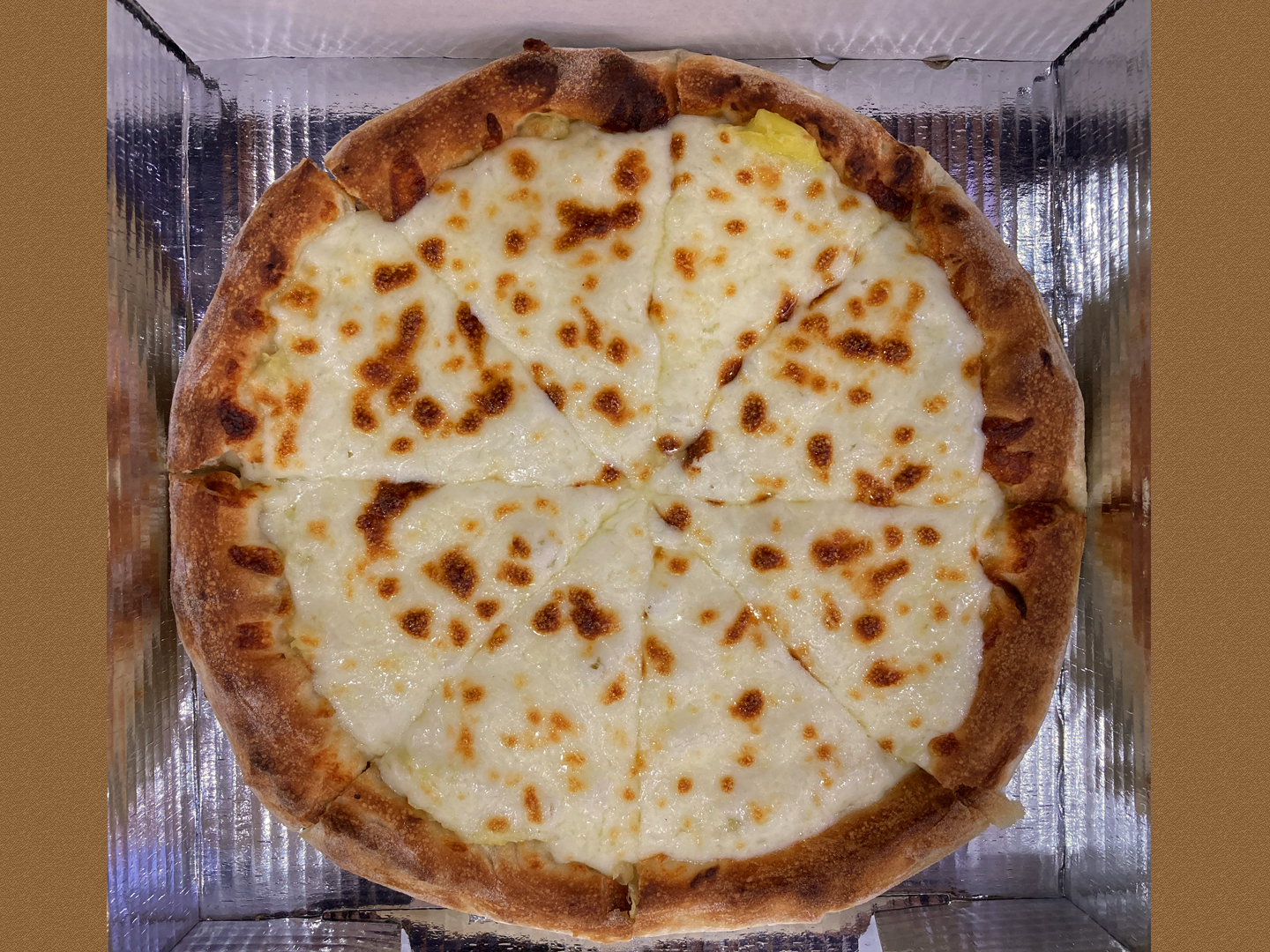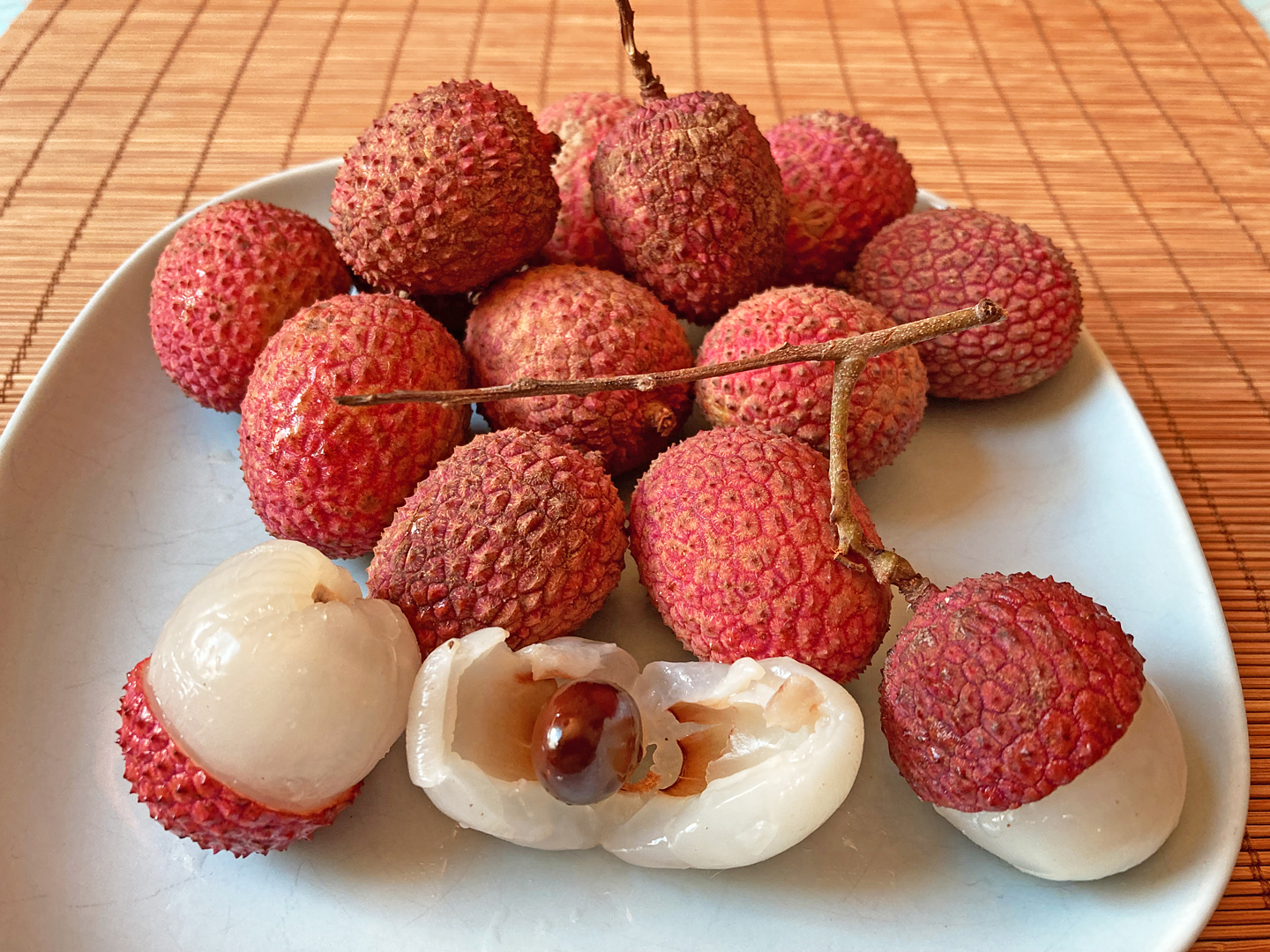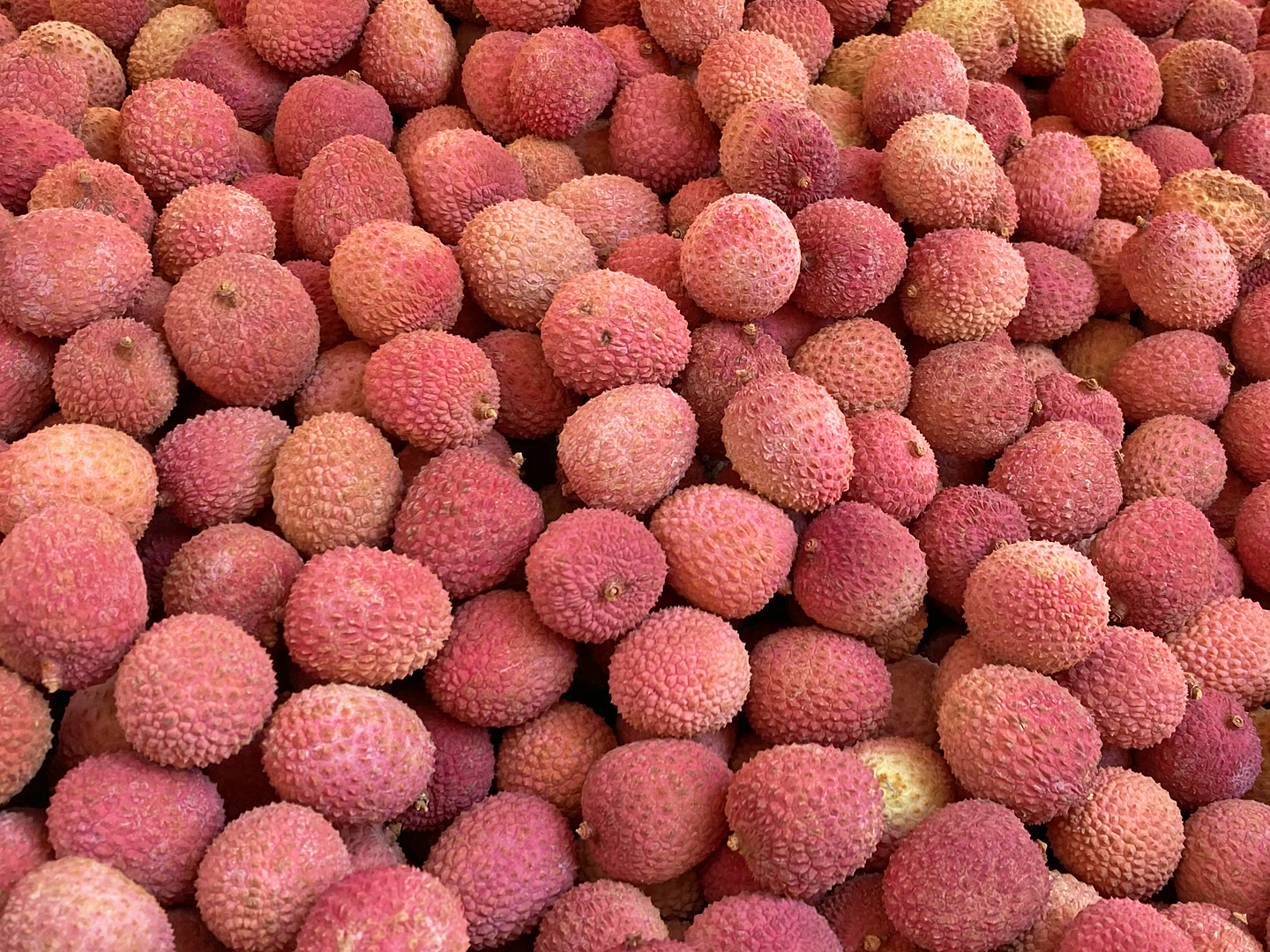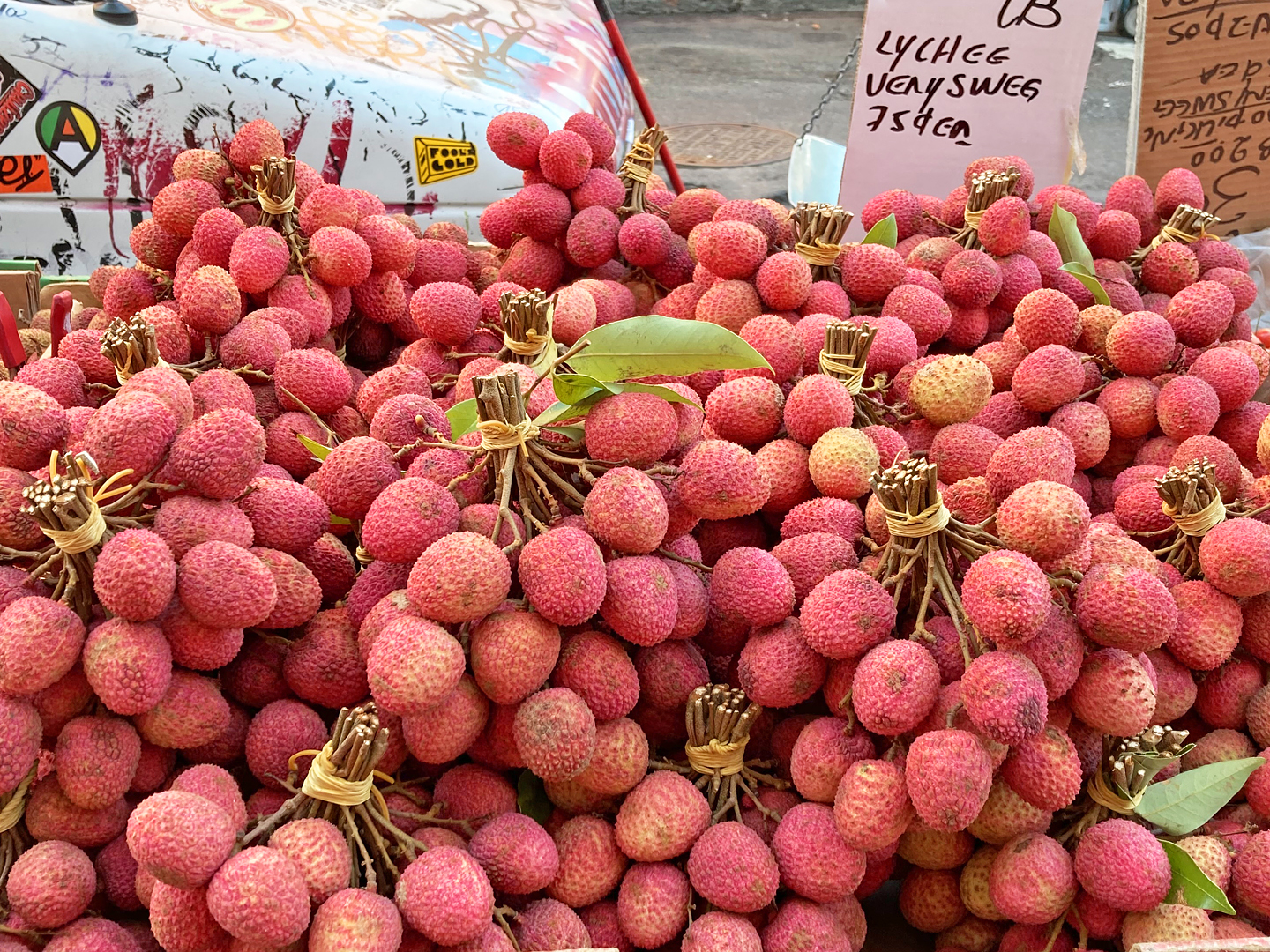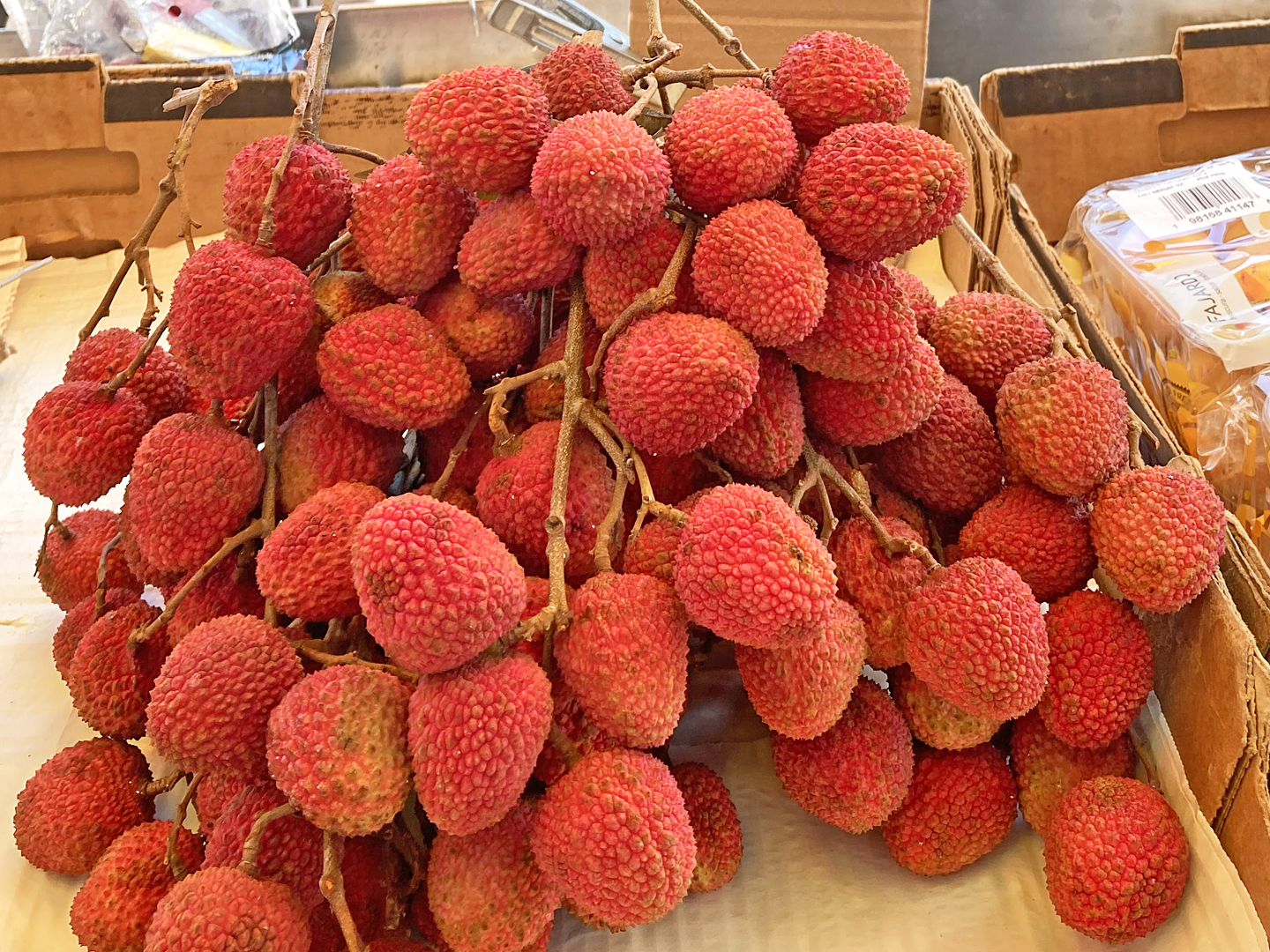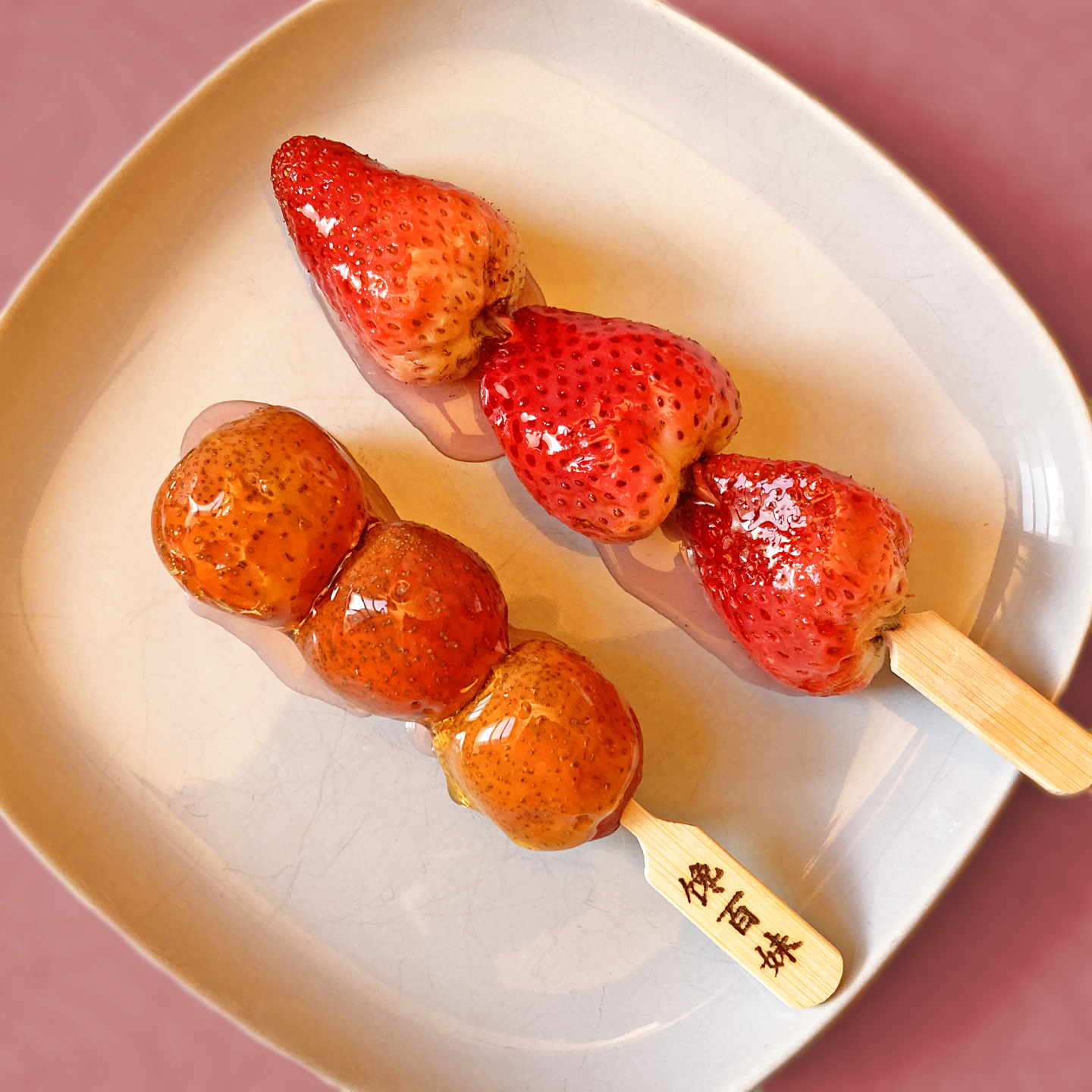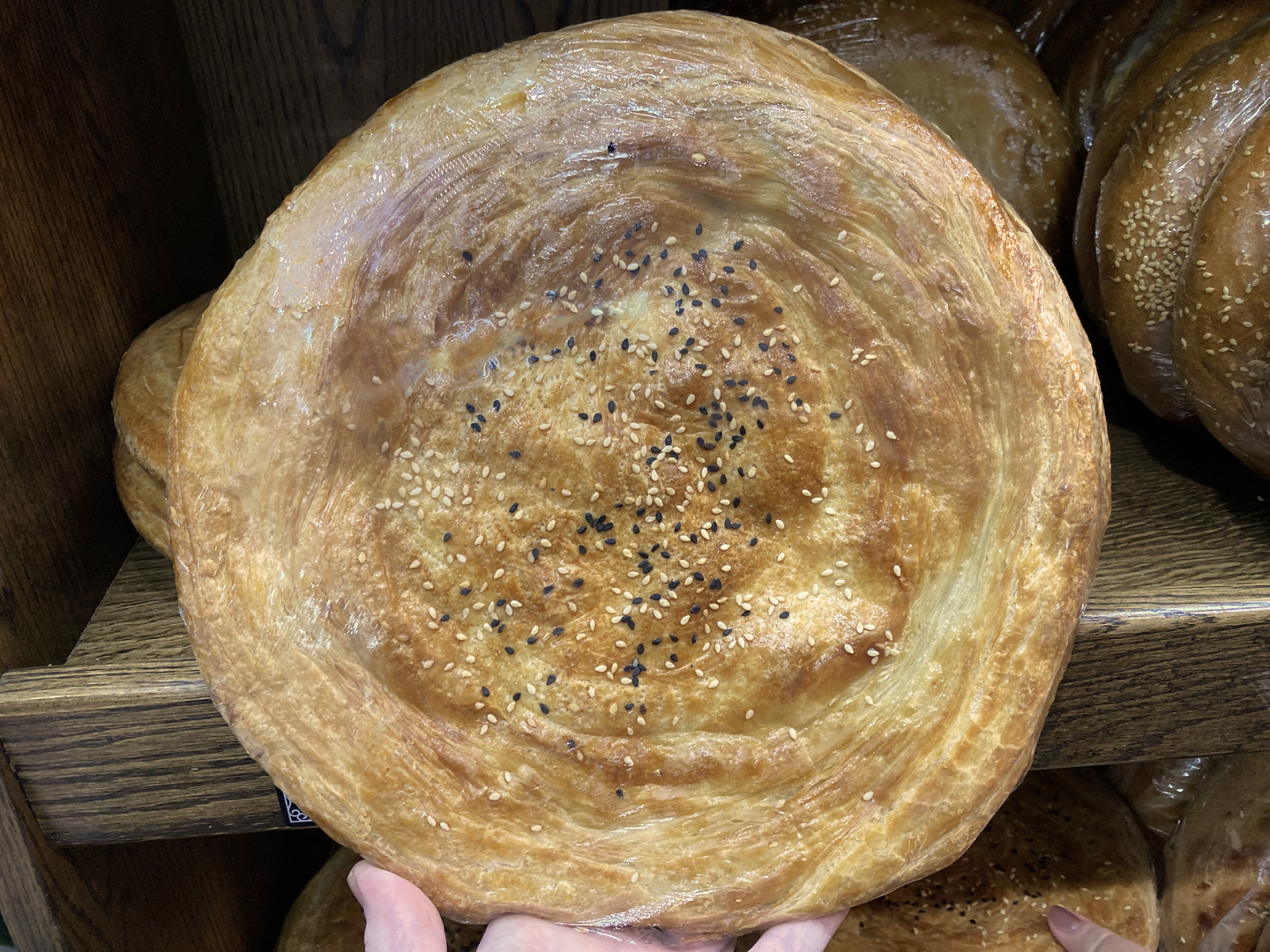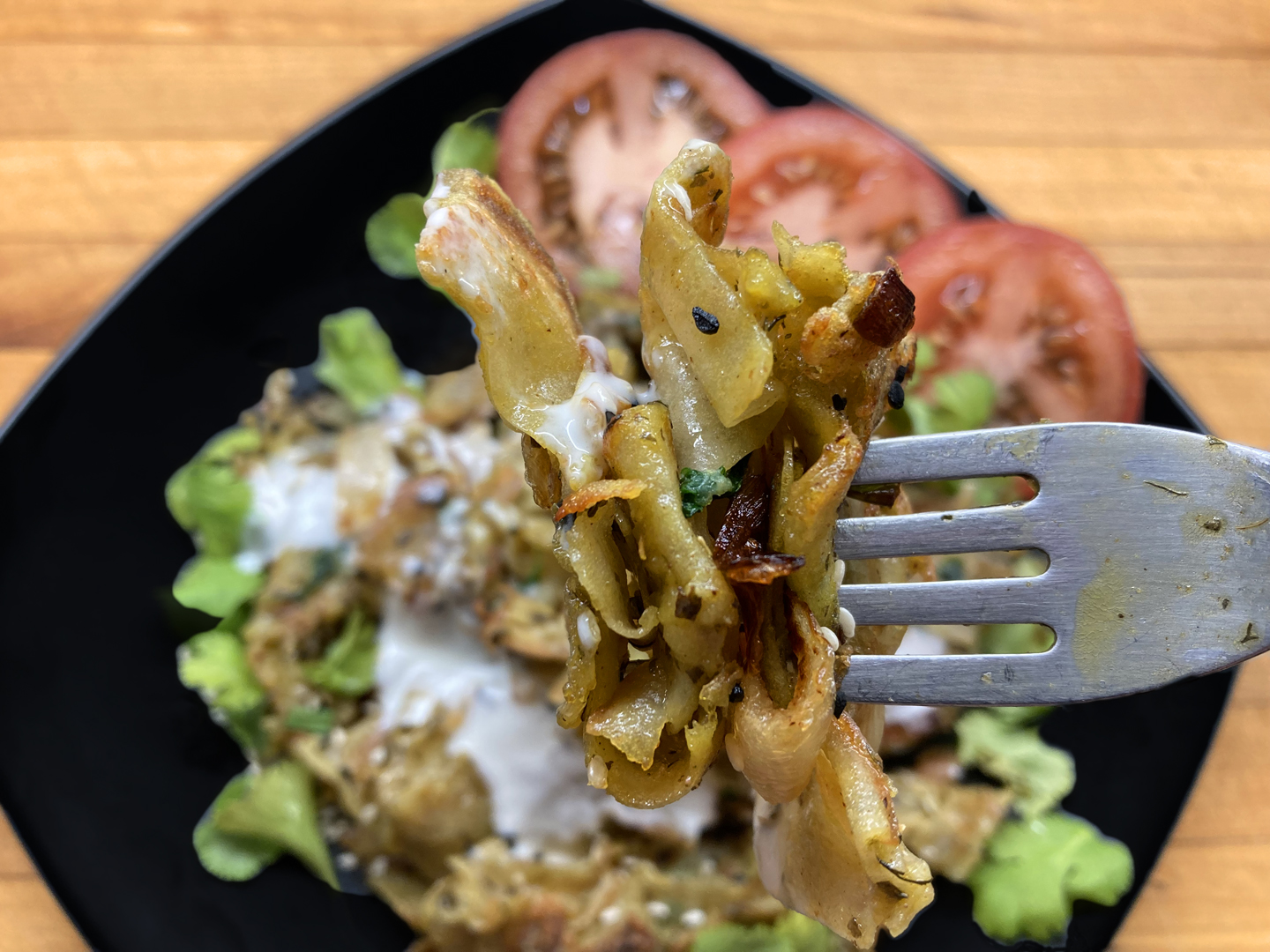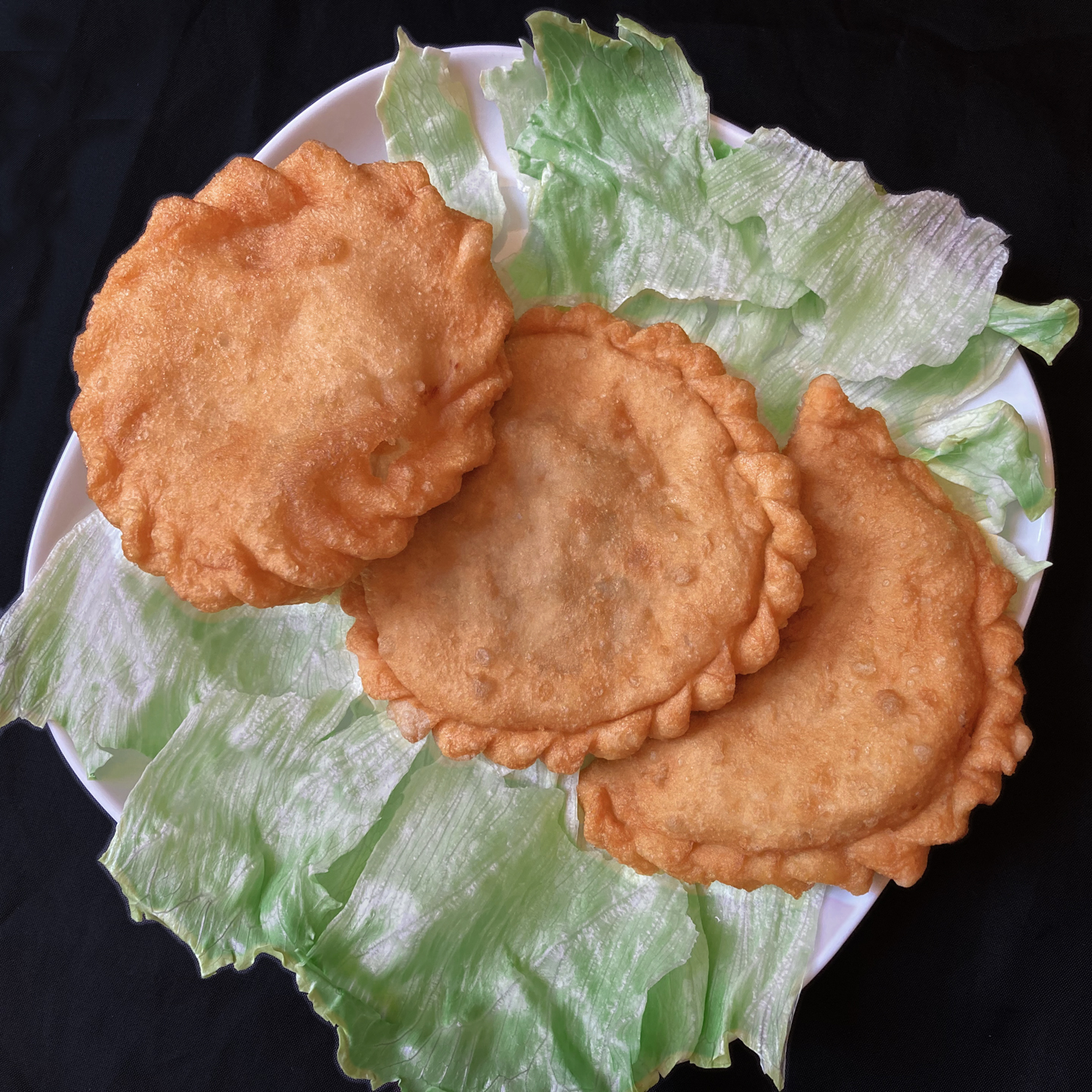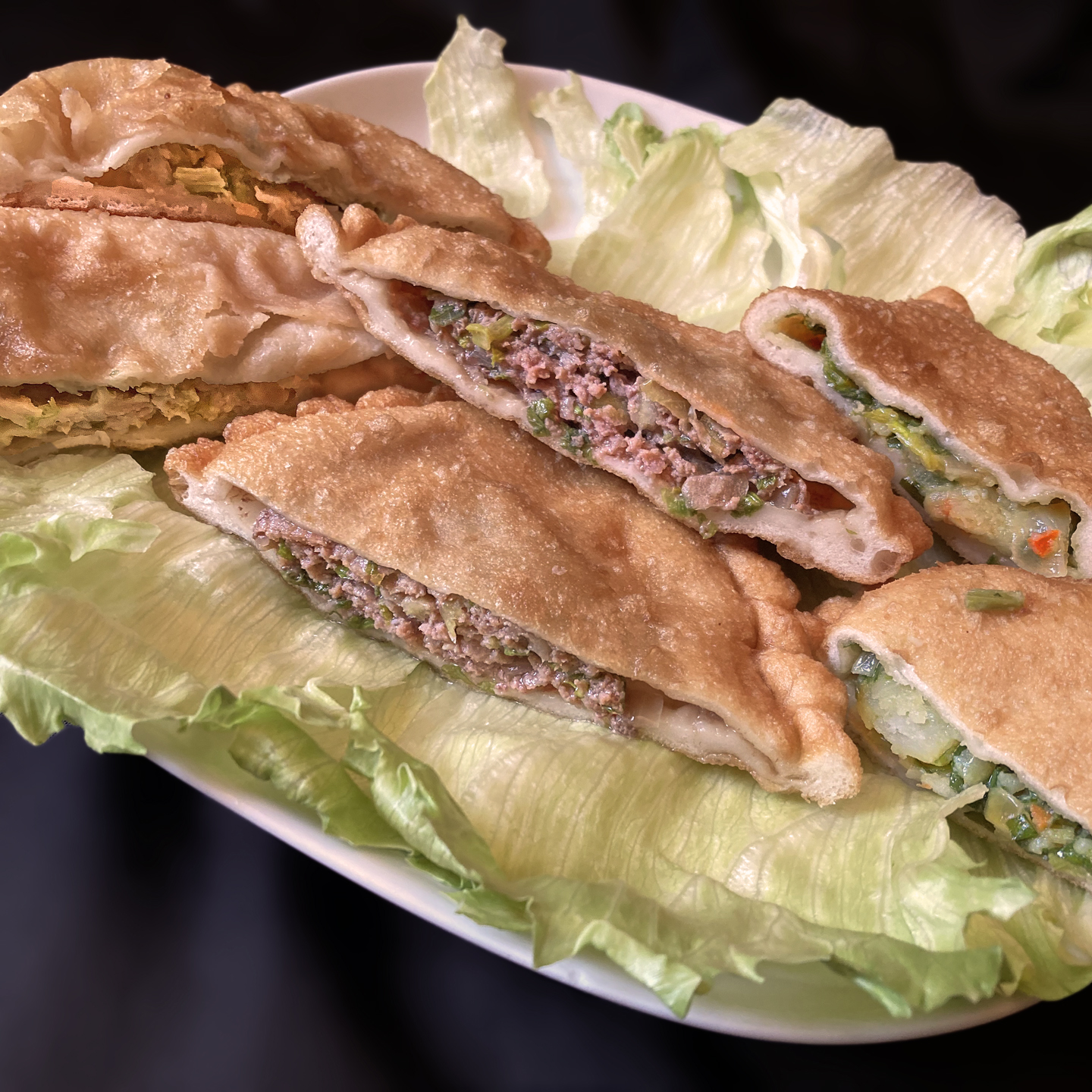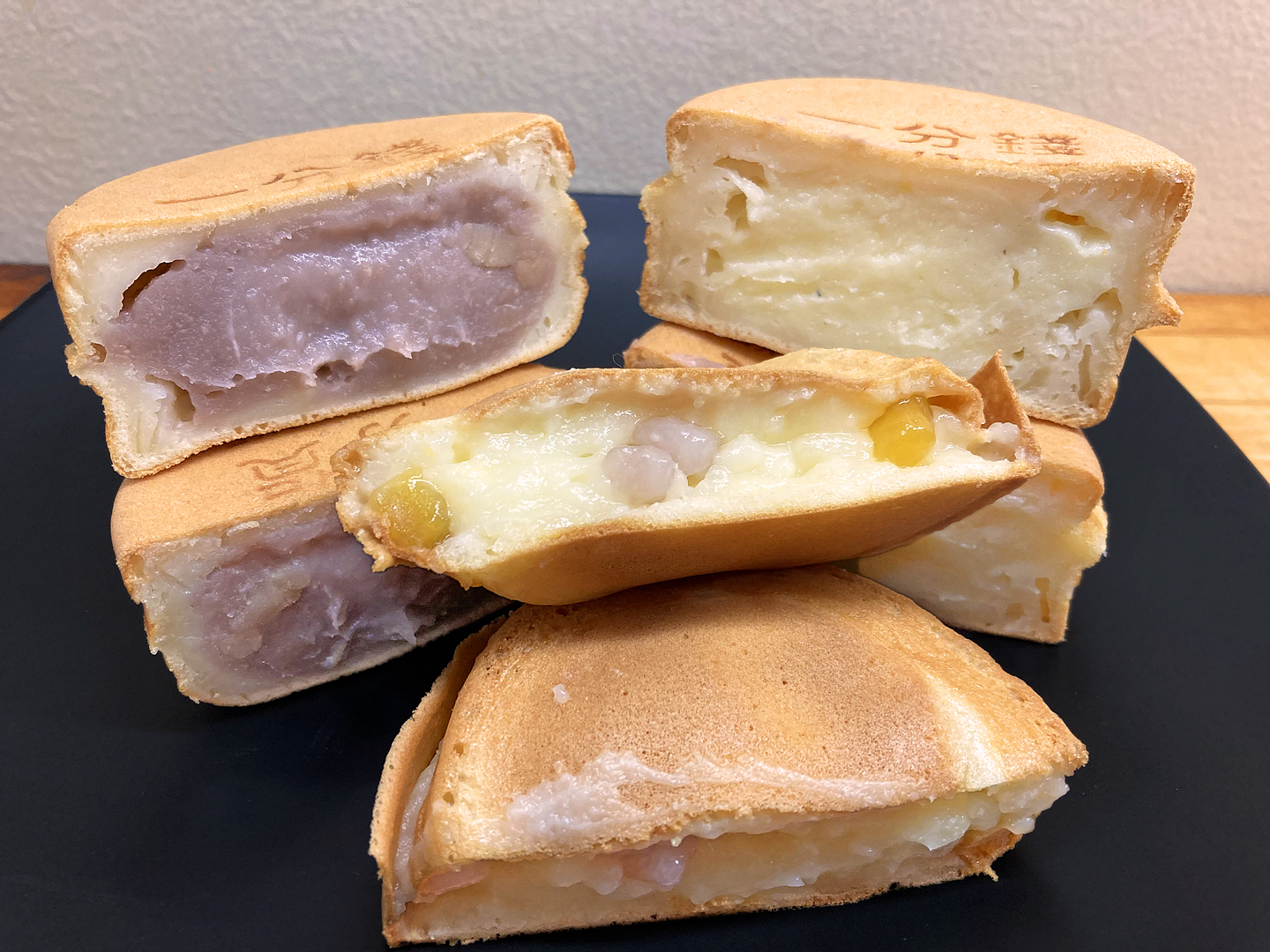Then allow me to introduce you to jackfruit!
(Click on any image to view it in high resolution.)
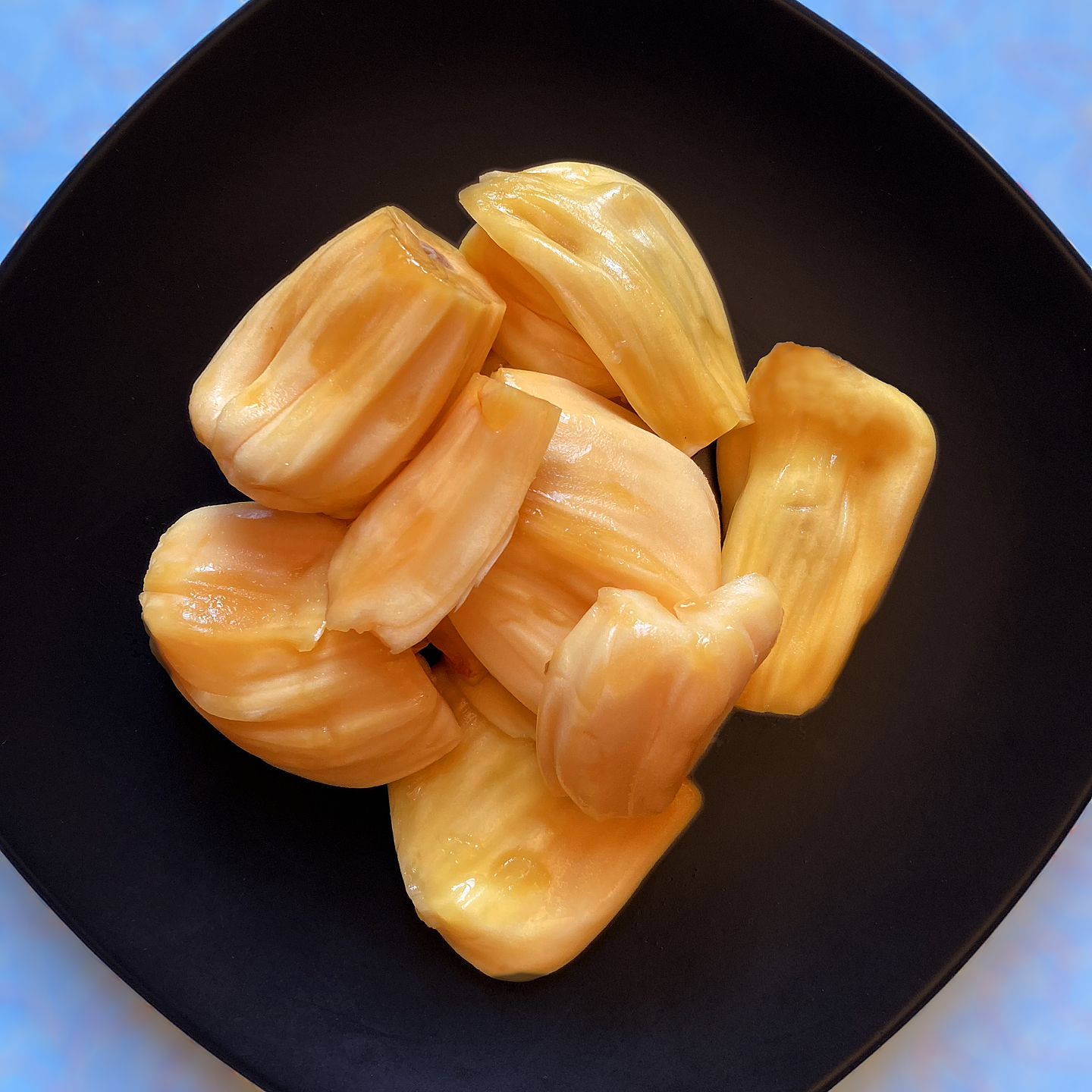
Possibly my favorite fruit, it’s quite easy to find fresh this time of year. Jackfruit is the largest tree fruit and can be roughly two feel long or more; it sports a greenish brown bumpy shell, a white core, and contains dozens of fragrant, yellow pods. Each pod encases a single large seed and even the seeds can be consumed boiled, baked or roasted; their taste is not unlike chestnuts – in fact, I’ve developed a few recipes for them.
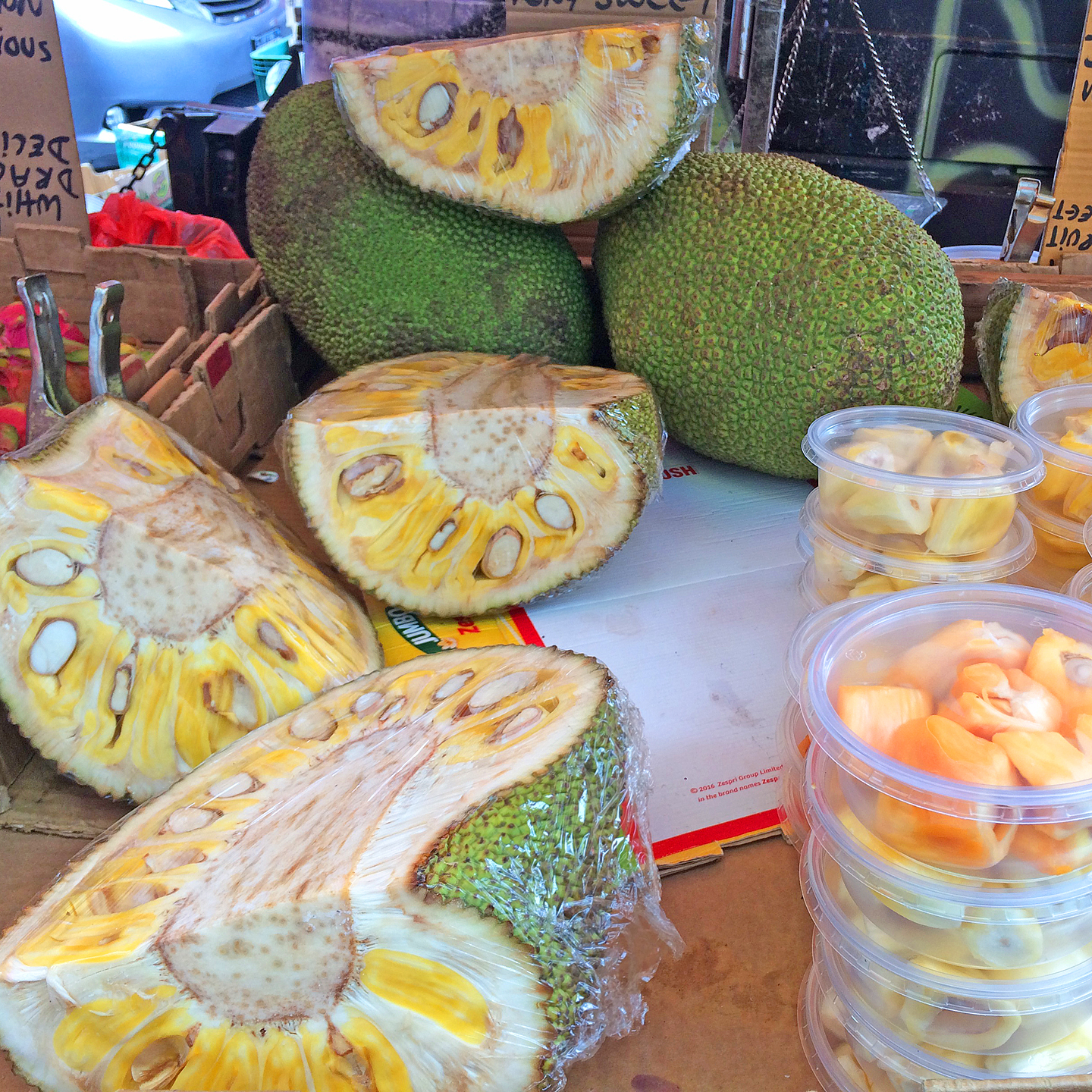
You’ll see this tropical fruit at sidewalk stands and markets, whole, halved, or quartered; you’ll also find the sweet pods picked out and packed into plastic containers for munching convenience as you wander the streets of Chinatown.
I’ve been known to buy a half or a quarter and break it down myself, but the procedure involves removing the pods leaving behind a white latex-like substance – and trust me, it’s a tacky mess. If you insist on going DIY, wear plastic gloves because no amount of soap and water or alcohol will rid the sticky stuff from your hands easily. (Those in the know oil their hands first which seems even messier but less gooey.) Personally, I think it’s worth the trouble because the price per pod plummets and I have plenty of time on my hands. (Although maybe that’s the gummy stuff and not time.)
Green unripe jackfruit can be found canned in Asian markets; it’s used for its meaty texture in numerous dishes like Indonesian rendang and other vegetarian specialties.
The fresh pods range in hue from pale canary yellow to bright Crayola yellow-orange; the deeper the color, the sweeter and riper the fruit. The first photo shows the ideal shade of gold (the last chance moment before they become overripe), but even a lighter version will be rewarding.
Jackfruit is at peak ripeness now, so please go out and support your local Chinatown – and reward yourself with a delicious treat in the process!
